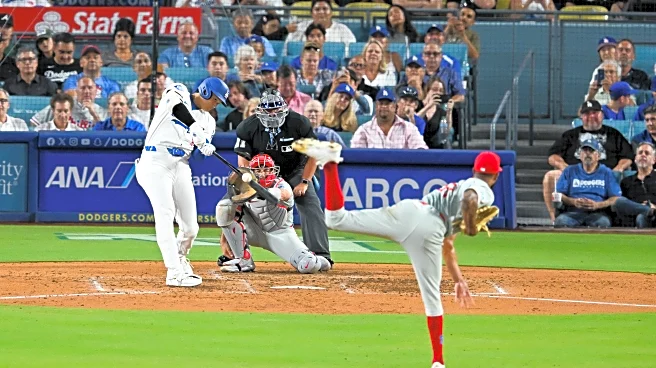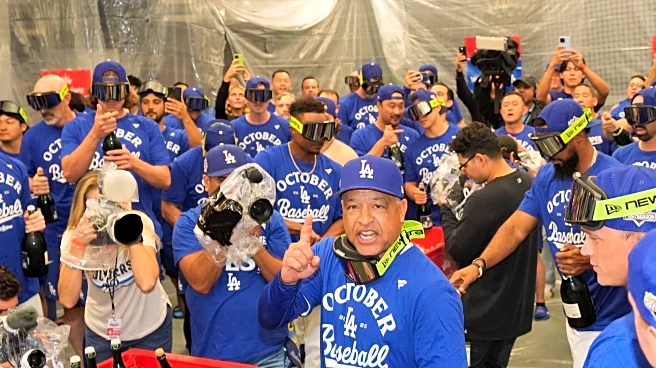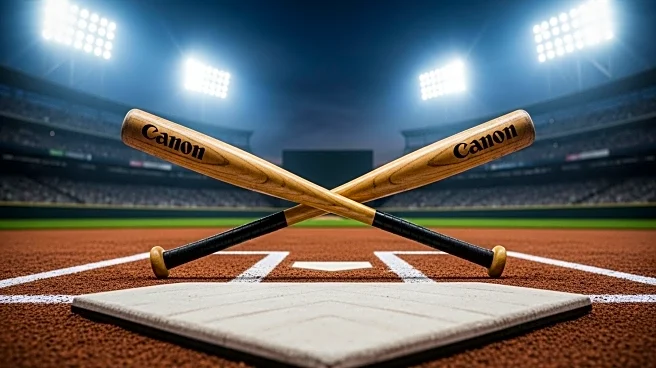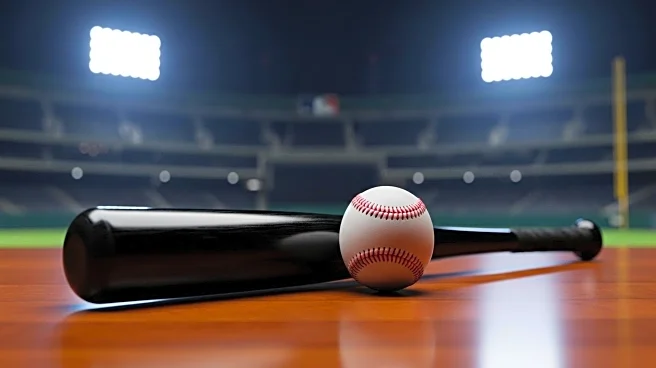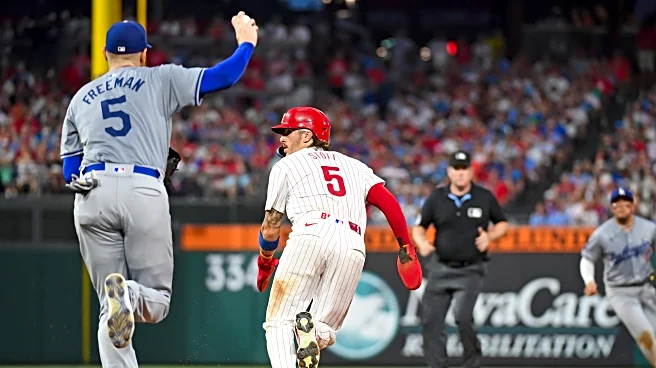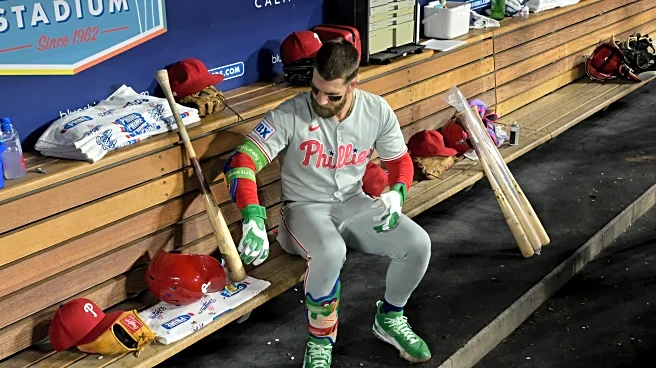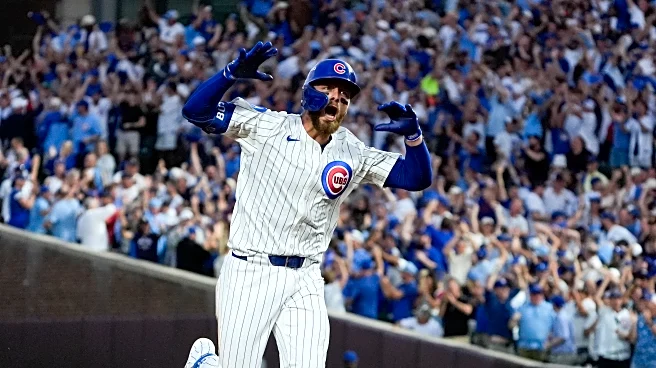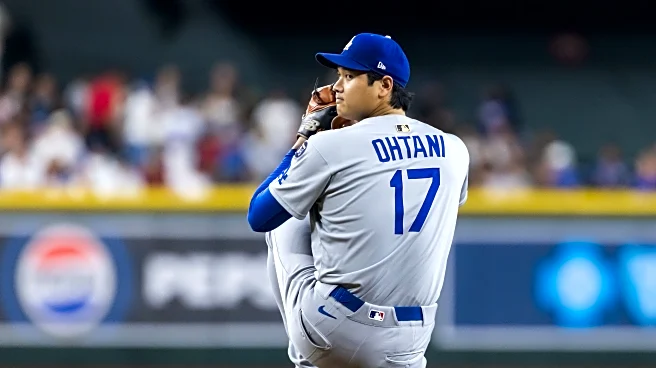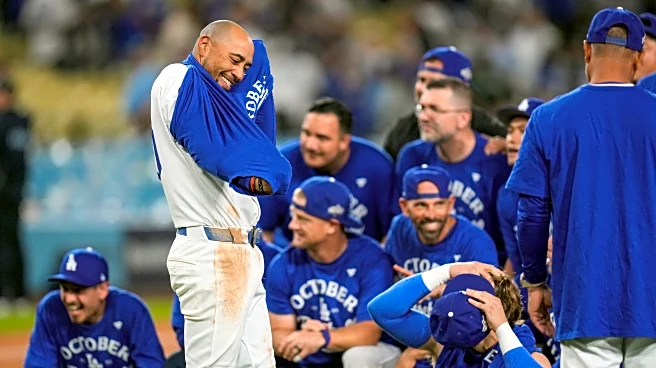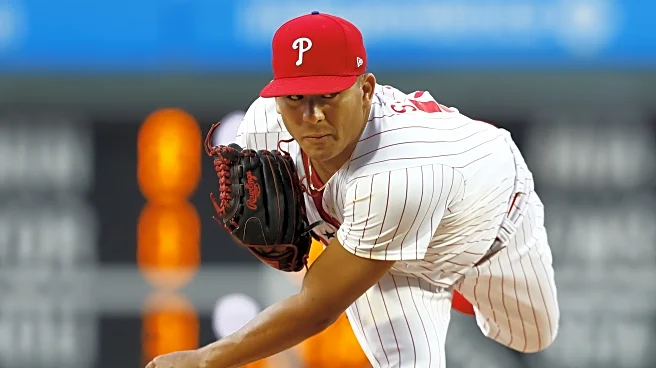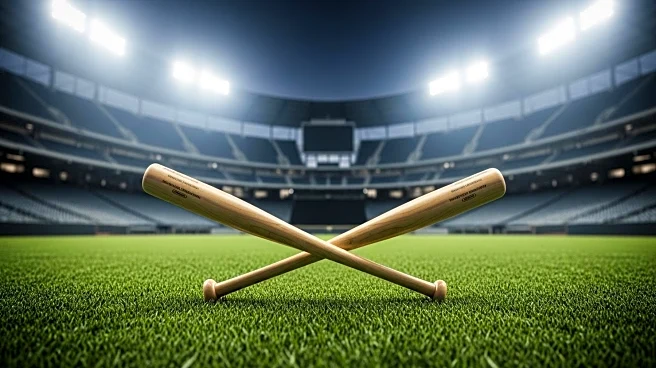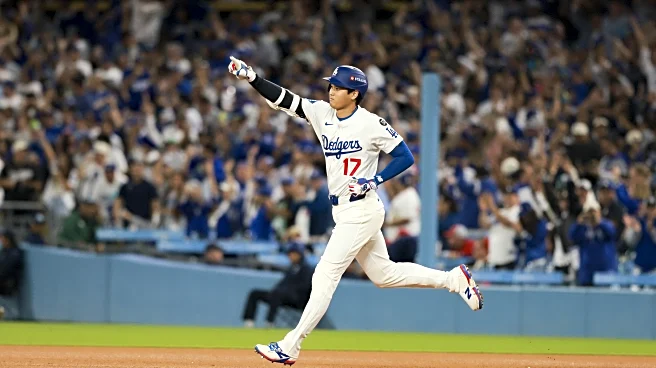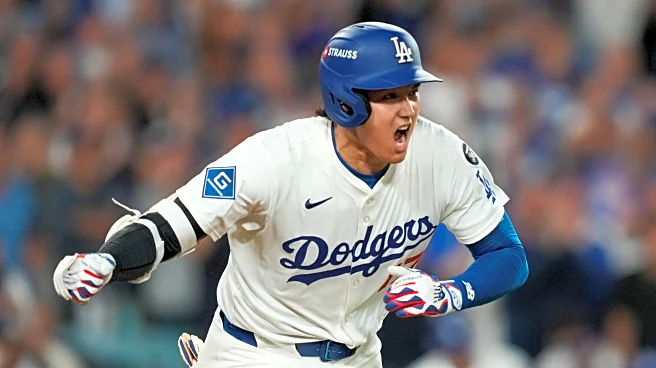The first sight that greeted my eyes when I entered Japan was, of course, Shohei Ohtani. Somehow getting turned around in the hallways leading to the customs and immigration check at Narita Airport after a fourteen hour flight, too tired to ask for help coherently and unable to speak the local language anyway, I needed salvation, and lo, there was Ohtani, appearing to me as some sort of benevolent divinity. Gazing down from an advertising banner, wearing a Seiko brand watch with his Angels uniform,
he quietly, confidently told me this way to the immigration check, and by the way you, too, can be like me if you buy a stylish Seiko. Or maybe the message was this watch helps me count the minutes until I can leave the Angels. One of the two. Ohtani has only become more prevalent as a pitchman in Japan since he joined the Dodgers, serving as the face of Ito En bottled tea and Beats headphones and Decorté skincare. He’s far from the only celebrity lending his talents to Japanese advertisements. Tommy Lee Jones has appeared in commercials for Boss canned coffee for nearly twenty years. He’s not the only MLB player doing it either: his Samurai Japan teammate Lars Nootbaar sells in Bar brand energy bars and Zoff brand glasses.
But there is a difference between Ohtani and his fellow celebrities. The other celebrities in Japanese ads often are asked to look silly. Tommy Lee Jones’ coffee ads have him pretending to be an alien visitor to earth, shooting lasers out of his eyes. Nootbaar happily pops out of energy bar wrappers like a jack in the box. But Ohtani’s ads are never funny. He must always bring a nonchalant yet indelible coolness to his ads. No commercial can make him look foolish.
But what if there were a pitcher who could?
In just a few hours, Ohtani will stride to the plate to open up the National League Divisional Series. Standing on the mound in front of him will be Cristopher Sánchez. No pitcher can feel truly comfortable against the international superstar; seeing hefting his bat must produce a feeling of vague nausea akin to the one you might have if you, like Ohtani, sampled nineteen rice balls while filming an advertisement for the FamilyMart chain of convenience stores. But Sánchez may have a reason to feel more comfortable than most, and not just because of the confidence he’s gained after a Cy-caliber season. Sánchez’s approach might be particularly well-suited for thwarting Ohtani.
Here’s where Sánchez likes to place his pitches against left-handed hitters:

Low and to his glove side, which is to say away from left handed batters. That approach keeps the ball out of the zones that left-handed batters feel most comfortable with, and ensures that if they do make contact the outcome is often just a grounder. The result is that Sánchez has posted a WHIP of just 0.85 against lefties this year. He’s surrendered just a single homer to a fellow lefty this season, and he’s only walked 8 of them despite being so fond of putting the ball outside the zone. So Ohtani, a lefty himself, is already starting at a bit of a disadvantage. But of course, denying Ohtani the platoon advantage is not going to be enough to defang him (please don’t, he needs those teeth to eat nineteen rice balls).
But it’s not Sánchez’ southpaw status that should make Shohei sweat. It’s the placement. Here’s Ohtani’s weighted on-base average by zone, against left-handed pitchers only.

He doesn’t do so well against pitches low and away. Granted, most batters don’t do so well against pitches low and away, so it isn’t as if this is some sort of unique trait to Ohtani. It’s less of an Achilles heel and more of a solar plexus: it’s a weak point for just about anyone. But given Ohtani’s prodigious abilities, it stands out. Ohtani is hesitant to swing at pitches in that area…

And when he does swing there he’s unusually prone to whiffing…

And when he does make contact it’s typically not very hard…

…and the ball usually ends up on the ground.

Low and away pitches that keep the ball on the ground? That’s Sánchez’ game. And it’s not one that Ohtani finds particularly savory (in contrast to, say, nineteen rice balls). Of course, it’s not just the placement of the pitch that matters, but the type of pitch. Sánchez throws three: a sinker, a slider, and a changeup. Ohtani has done pretty well against same-handed sinkers and sliders, posting wRC+s this season of 130 and 162, respectively. But he’s been very poor against same-handed changeups, posting a wRC+ of just 30 this season. Across his entire MLB career, he’s posted a wRC+ of 72 against the pitch when thrown by southpaws. And Sánchez happens to be rather fond of his changeup, although, like most pitchers, he’s somewhat hesitant to throw it against same-handed batters, showing it just 14.7% of the time (in contrast to 43.4% against righties).
Sánchez has faced off against Ohtani across six PA this year, going one for six with five strikeouts. Granted, six plate appearances is far, far too small of a sample size to draw conclusions from (though few Phillies fans will complain if those results did turn out to be properly representative). But taking a look at the way Sánchez approached Ohtani in those plate appearances might tell us something.
As is typical for him, Sánchez was unafraid to avoid filling up the zone against Ohtani (who was unafraid to fill up on nineteen rice balls), putting only 10 of the 25 pitches he showed him within the zone. Seven of those 25 pitches were changeups, nearly double the rate at which he typically shows that pitch to lefties. Three of those changeups produced strike three, all on swings. Again, too small of a small sample size to be terribly meaningful, but it does line up with the bigger trends we’ve seen regarding where Sánchez likes to put his pitches and how Ohtani does against same-handed changeups.
Ohtani is dangerous enough, and the Dodger’s gameplanners are savvy enough, that these advantages cannot promote any feelings of ease among the Phillies. The visitors are surely aware of Ohtani’s weak points, and surely have a plan to minimize them. Nevertheless, Sánchez can enter his matchup with the international superstar from a position of confidence, though not complacency. After filming his FamilyMart ad, Ohtani reportedly took the leftovers of his nineteen rice balls home. If Sánchez has his way, Ohtani will take home only a few Ks and a grounder or two. Hardly easier on the stomach.
